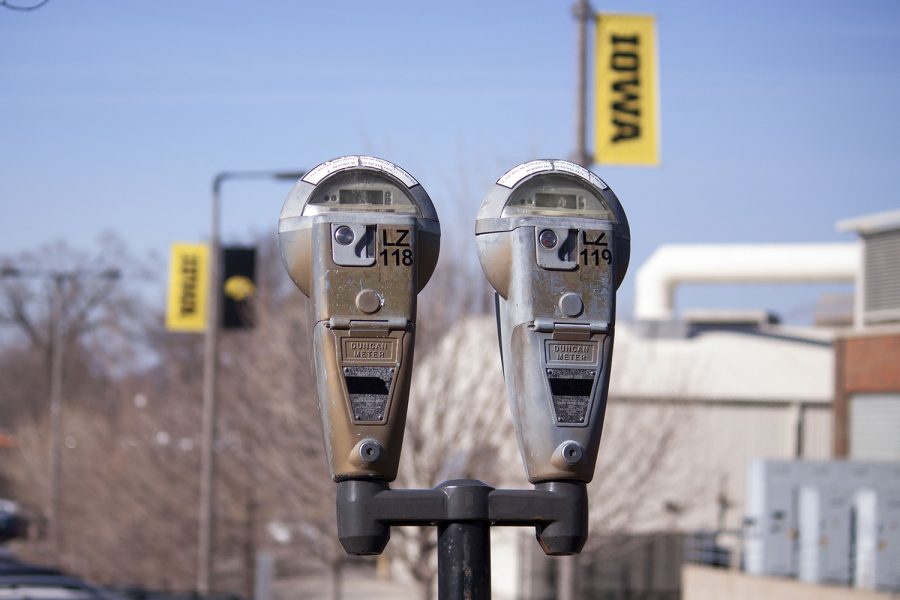By Anis Shakirah Mohd Muslimin
[email protected]
For University of Iowa senior Miller Thammavongsa, being Asian on campus isn’t easy.
There’s obvious racism at an institution known for its growing international population but is felt by most Asian students on campus. To her, Thammavongsa’s peers’ lack of awareness is common — they don’t know the difference between being Chinese and Japanese.
To address the tension that exists between international students and local students, university officials will conduct a campaign next month called “Breaking Asian Stereotypes” from April 18 to 21 in the IMU.
According to spring 2016 data from the UI Registrar’ Office, there are currently 1,163 Asian American students and 3,899 international students enrolled at the UI.
International and Asian American students at the UI were targets of xenophobic messages as recently as last year, mostly on Yik Yak, a social-media app that allows people to create, view, and vote on messages anonymously.
And in 2013, UI international students encountered racist stereotyping when a Twitter account began reposting negative photos and remarks about Asian student dress and actions.
Amy Chin, the multicultural programs graduate assistant for the Asian Pacific American Cultural Center, said the campaign aims to bring awareness to the public about the Asian community on campus.
Chin, who came up with the idea for the campaign, said she decided to collaborate with University Counseling Service because it has done a lot of work with students about these issues in the past.
“Last year, the xenophobia incident flared up again,” she said. “This is sort of a response to those incidents, giving the Asian community and allies a platform or voice to speak up against those stereotype statements.”
For the campaign, Chin said, Asian students can stop by to write a stereotype statement they have received or heard and have their photo taken to post on social media.
Yijia Fan, an international student from Shanghai, China, said shyness is a stereotype often associated with Asian international students.
“A lot of my classmates think I am not good in English, so when we have class discussions, they will ignore my ideas because they think I don’t know how to express myself because I’m Asian,” she said.
Thammavongsa also said college life has been bittersweet, because while there are people who don’t understand her ethnic background, there are support groups or people who do understand or share the same experiences, and make it much easier.
“If I walk down the streets at night, people will start talking to me in a foreign language, or say ‘ching chong lee,’ making those racial terminologies,” Thammavongsa said. “I don’t know if they are trying to make fun of me or just trying to get under my skin.”
Jeremy Kinser, a University Counseling Service staff psychologist who will participate in one of the events, said one hope of the campaign program is that it can “humanize” individuals that participate.
“Rather than seeing a particular stimulus value and making attributions, people may be able to connect around the shared identities that are written on the display boards,” he said.
Kinser said there are different ideas about how to change prejudice, and one of the most compelling is that prejudice can be addressed through building relationships across difference.
“Providing opportunities for people of different identities to connect and see common humanity,” he said. “We often exist in silos that minimize cross-cultural contact, and programs like the National Coalition Building Institute are built on the idea that prejudice can be addressed through building relationships across difference.”







